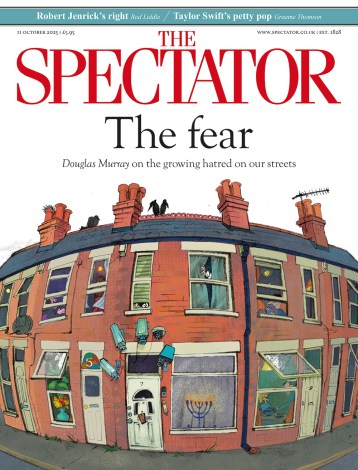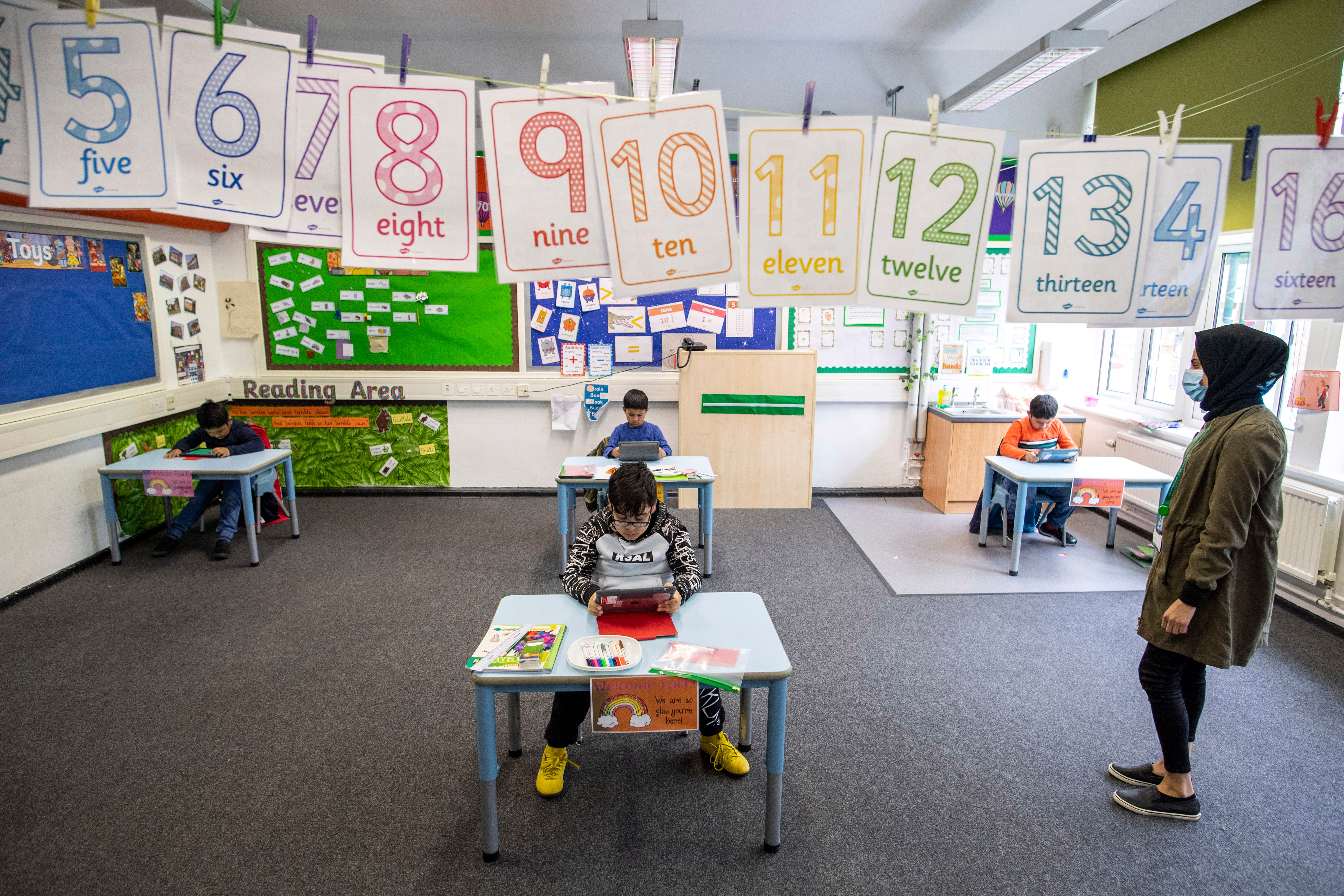As the chief medical officer professor Chris Whitty suggested this week, the situation with Covid figures can change very sharply, very quickly. One moment infection numbers can be falling, like they were in late November, but the next moment, they can take off again — as they subsequently did in mid-December. That is why all eyes are now on the day-to-day Covid figures published by Public Health England and especially on the apparent deceleration in the decline in new cases over the past week. The numbers published on Wednesday still show a 20 per cent week-on-week fall in the seven day average but that constitutes quite a sharp change. The previous period showed the seven day average of new cases illustrating a 32 per cent week-on-week fall.
Could this be a turning point that results in a return to growth in infection numbers in a few weeks time? There was a similar deceleration in the decline in new infection numbers in mid-February but this was then reversed in the latter half of February. That blip was thought to be connected with the cold weather experienced in the second week of February and, given that viral infections always receive a boost in the winter, it would not be surprising if the temperature impacted infection rates.
But over the past week? As I wrote here on Monday, there is every reason to expect a shift in the epidemic curve of new infections: the government has suddenly introduced the mass testing of children and school teachers. Nearly four million people are now being routinely tested twice a week, who previously would only have been tested had they developed symptoms and had bothered to contact NHS Test and Trace. This extra testing is bound to pick up infections — asymptomatic or those with mild symptoms — which would previously have gone undetected.
For this reason, we are going to have to be very careful over the next few weeks as to how we read the official figures for new infections. It would be very easy to look at this data and say it confirms the Prime Minister’s fears that rising infections across the Channel have spread to Britain. But bearing in mind the extra testing of schoolchildren, it would be better if we turned our attention instead to the hospitalisations and death figures — both of which should be unaffected by a change in testing policy — rather than new infections. True, both lag the infection figures. But they are, after all, what matters most. No one would have become too excited about Covid-19 if it merely meant being infected with a novel virus or suffering mild symptoms.
At present, figures for both hospitalisations and deaths continue to track downwards, with the seven day average for hospitalisations down 28 per cent week on week and that for deaths down 35 per cent. Deaths and hospitalisations have been diverging for several weeks, which is what might be expected given that most over 70s have received a vaccine. People in their 40s and 50s, meanwhile, remain largely unvaccinated — they now make up a significant proportion of patients in hospital but are far less likely to die. As the vaccination programme works its way down through the age groups we ought to see the drop in hospitalisations to catch up with the fall in deaths.








Comments